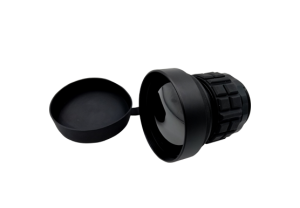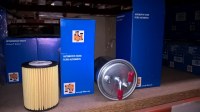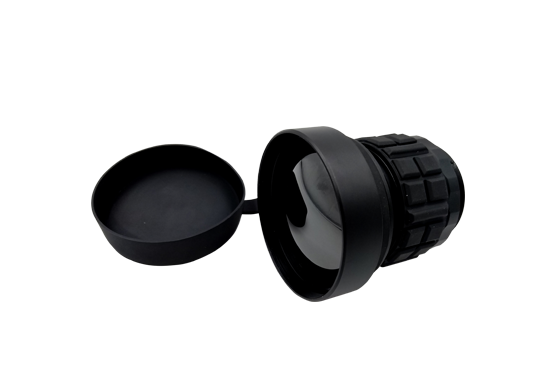1.Optical compensation zoom system: When several sets of infrared lens are used for zooming and compensating in the zoom objective lens, the movement of each lens group is performed at the same direction, so that it is only necessary to connect the lens groups together in a simple mechanical structure for linear operation. Since the optical compensation zoom system cannot completely compensate for the image plane displacement, the moving group must be moved to a certain special position to obtain a stable and clear image surface, and the focal length is difficult to achieve continuous change, but several discrete values, so the usage is limited. However, it simplifies the mechanical structure and is beneficial to control the accuracy of the optical axis; and only uses a set of electromechanical control systems to achieve zooming and focusing, thereby reducing the cost and weight of the system, but the design difficulty is relatively large.
2. Mechanical compensation zoom system: It means that each movement component is relatively complex and different corresponding movement according to different motion laws, and finally achieves the purpose of preventing image surface movement. Mechanically compensated zoom lens: one set of lenses makes a linear movement (known as a zoom group) to change the focal length, and the other set of lenses (commonly called the compensation set) makes a small amount of nonlinear motion to compensate for the image plane displacement to achieve optical system zooming. The image position is stable. The variable magnification group is generally a negative lens group, and the compensation group has a positive lens group and a negative lens group. The movement of the compensating lens group is different from the moving direction of the variator lens group and is not constant speed, but their relative motions have a strict correspondence relationship, and each lens group realizes relative motion by a complicated cam mechanism. The focal length of such a zoom lens continuously changes within a certain range.
Optical Structure
The mechanical compensation zoom lens has an optical structure consisting of a front fixed group, a zoom group, a compensation group, and a rear fixed group.
Front fixed group: its role is to provide a fixed image to the system;
Zoom group: It is responsible for the zooming effect of the system, and linear movement to change the focal length;
Compensation group: non-linear motion according to a certain curve trajectory to compensate the image plane movement generated by the variable magnification group during the zooming process;
Rear fixed group: used to convert the image of the compensation group into the final real image of the system, and adjust the synthetic focal length value of the system and the device aperture stop to ensure that the relative aperture of the system does not change during the zooming motion.Our company's cameras are best lenses for infrared photography,if you need it, please contact us in time.
Focusing Mechanism
The cam is adjusted.
Focusing with a linear motor.
Screw nut adjustment.
As a professional and reliable infrared camera manufacturer, Ulirvision supplies the following category products, varying from infrared thermal imaging camera to infrared lens. Ulirvision develops innovative technology to make our products more efficient. Ulirvision is striving to create a more human-friendly and sustainable environment for our users through our creative solutions.
Localisation : 17F Block C,Sunwave Building,581 Huoju Avenue, Binjiang District,Hangzhou 310052,Zhejiang,China, 310025 Hangzhou,
Personne à contacter : fang Mandy, +86 0571 87209885








